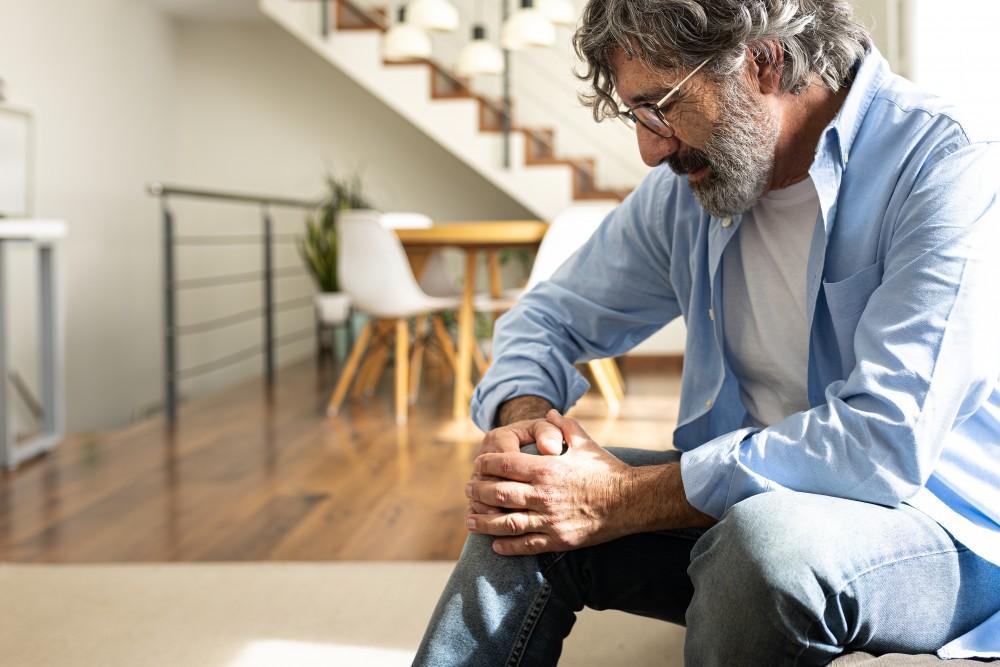
Can Scoliosis Be Corrected Completely?

Millions of Americans — as many as 3% — suffer from scoliosis, a chronic condition that involves an abnormal curve in your spine. The severity of scoliosis can vary, and while some people experience no symptoms, others routinely suffer from back pain, hip pain, and other problems.
The team at Superior Pain Relief, led by Zaid Malik, MD, offers safe, effective solutions for scoliosis-related pain, helping patients relieve their symptoms and restore mobility and function. Here, we explain a bit about scoliosis and describe what we can do to help you manage your pain.
Understanding scoliosis
The spine is designed to have a natural front-to-back curve that helps support your body’s weight while promoting normal movement and flexibility. In scoliosis, there’s an additional sideways curve that can throw off that balance, causing chronic pain.
Scoliosis typically develops while the spine is growing during childhood and adolescence, but it can occur in adults, too. This condition affects both genders, but it’s much more common among girls.
Researchers aren’t sure why scoliosis happens to some people and not to others, but they know that it tends to run in families, indicating a genetic component. Neuromuscular problems and spine abnormalities that develop before birth can also cause scoliosis.
While milder forms may not cause any symptoms, more severe or advanced forms of scoliosis can trigger a lifetime of back pain and posture or mobility problems.
Managing scoliosis: Is there a cure?
Unfortunately, there’s no cure for scoliosis, but the good news is that it can be effectively managed. Before embarking on a management plan, Dr. Malik reviews your symptoms, visually examines your spine and your posture, and uses X-rays or other diagnostic imaging to evaluate your spine anatomy.
Measured in degrees of curvature, scoliosis severity varies from one person to another, and that means management strategies can vary, too. Very mild forms of scoliosis frequently cause no or very few symptoms and can be managed with regular checkups and observation to determine if the curve is getting worse.
Depending on your age, your lifestyle, your symptoms, and other factors, bracing, physical therapy, and some types of minimally invasive spine surgery are recommended for more severe forms of scoliosis. Many people benefit from interventional procedures designed to block pain signals or address related conditions, such as disc herniation.
Find relief for yout scoliosis symptoms
Like other spine issues, scoliosis responds best to early intervention and proactive management. Dr. Malik and his team are experienced in scoliosis treatment plans tailored to individual lifestyles, adjusting treatments as needed to provide every patient with ultimate relief.
If you have scoliosis, we can help you, too. To learn more, request an appointment online or over the phone with Dr. Malik and the team at Superior Pain Relief in Houston, Baytown, Willis, and The Woodlands, Texas, today.
You Might Also Enjoy...


COOLIEF® Radiofrequency Ablation for Joint Pain: How It Works and What to Expect

5 Treatments to Ease Herniated Disc Pain and Promote Healing

Chronic Neck Pain: 5 Nonsurgical Treatment Options That Can Provide Lasting Relief

How “Cold” MLS Laser Therapy Works to Alleviate Back Pain


